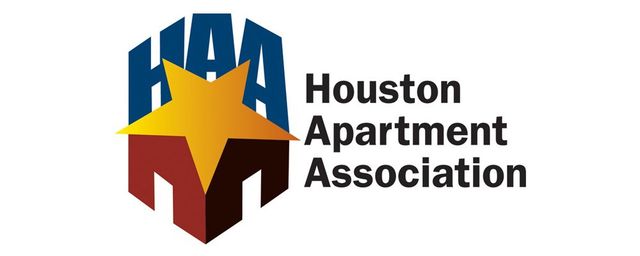One of the key Ethernet standards is IEEE 802.3, which outlines the requirements for wired Ethernet links. This standard has evolved over the years, bringing quicker speeds and enhanced performance. For instance, the initial Ethernet specification provided rates of 10 megabits per second, while newer iterations, such as Gigabit, can offer rates of up to 1,000 Mbps. In MDUs, where numerous tenants utilize the same internet link, having a rapid Ethernet network can significantly enhance the total user interaction. Quicker speeds mean quicker downloads, more seamless broadcasting, and greater visual conferences, which are essential for remote employment and virtual education.
Another significant aspect of Ethernet protocols is the implementation of organized wiring infrastructures. These structures arrange and coordinate the network cables that connect devices within a structure. By following the guidelines set by Ethernet standards, MDUs can ensure that their wiring is efficient and effective. This organization helps reduce signal disruption and improves data transmission quality. Additionally, organized wiring enables for simpler improvements and servicing, allowing it simpler for property managers to adjust to evolving tech requirements. As internet usage persists to grow, having a properly organized cabling system becomes crucial for ensuring high-quality connectivity.
Power over Ethernet (PoE) is another important advancement in Ethernet technology that aids MDUs. PoE allows system wires to carry electrical electricity along with data, removing the requirement for individual electric sources for devices like security cameras, Wi-Fi access points, and VoIP phones. This capability simplifies installation and reduces disorder, allowing it simpler to set up a complete system in multi-dwelling buildings. By leveraging PoE, property managers can improve safety and boost internet connectivity throughout the complex without the added expense of extra electrical installation.

In summary, Ethernet protocols have a significant impact on web access in multi-dwelling units. By offering faster rates, organized cabling, and innovative capabilities like Power over Ethernet, these standards assist create a dependable and efficient system for tenants. As technology persists to progress, staying aware about Resources Ethernet standards will be essential for building managers and residents alike. By putting resources in the right framework, MDUs can guarantee that all tenants experience a smooth internet interaction, making their homes more linked and convenient.